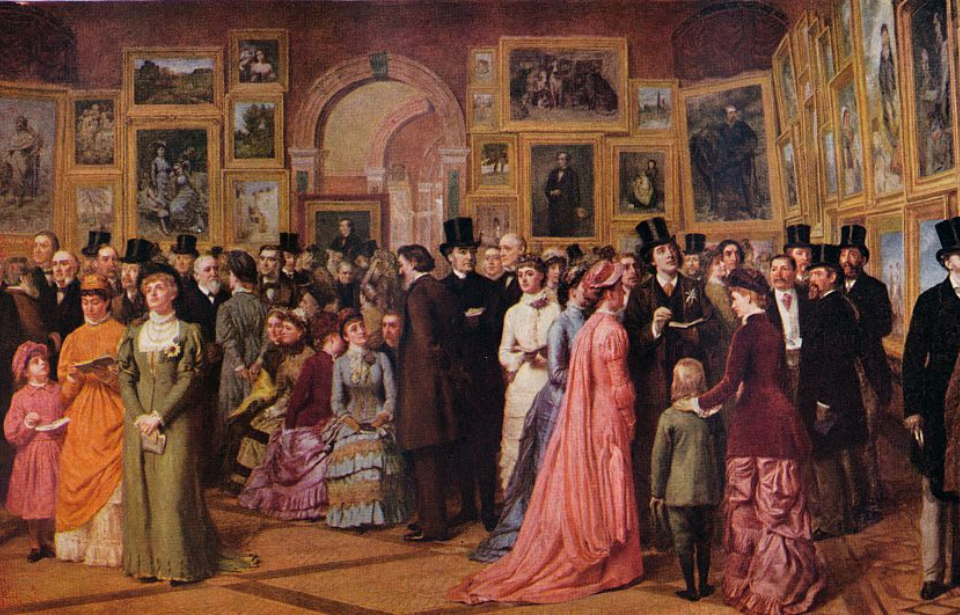It is easy to associate the Victorian era with prudishness, repressed feelings, and gloom. Indeed, the era might not be the most exciting historical period in the world, but it wasn’t nearly as dreary as we think it is. We’re here to debunk some of the most common myths surrounding the Victorian era.
The Victorians didn’t cover the legs of their pianos
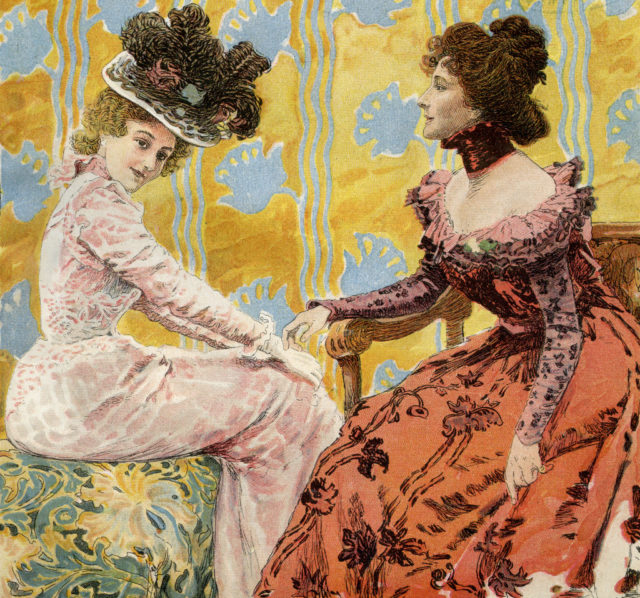
One of the most persistent myths surrounding the Victorian Era is that the upper and middle-class Victorians were so sexually repressed that they covered up the legs of tables and pianos to avoid causing any offense.
This idea is a myth that has been long perpetuated in popular culture. It is true that the Victorians often covered different parts of their furniture, but that was to prevent any scratches or damages. Victorians also liked embellishment, and what better way to make a room pop than decorating furniture with a brightly colored cloth draped over furniture?
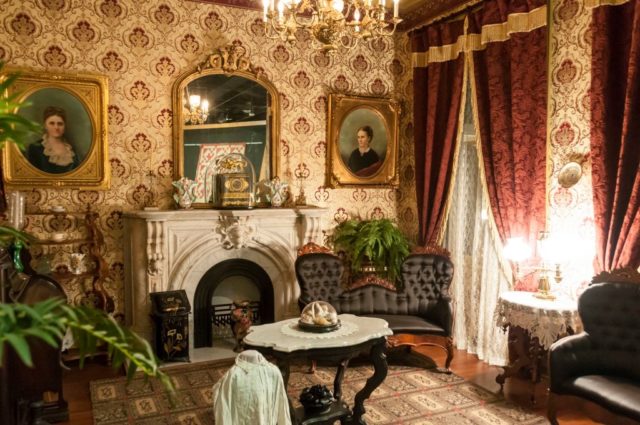
This myth originated during the Victorian era. In 1839, British naval officer Captain Frederick Marryat recounted a story about a young woman telling him that “the word leg was never mentioned before ladies.” Instead, this young woman told Marryat that “the word limb was used,” even when talking about “the limb of a table, or limb of a piano-forte.”
Life wasn’t so bad for children
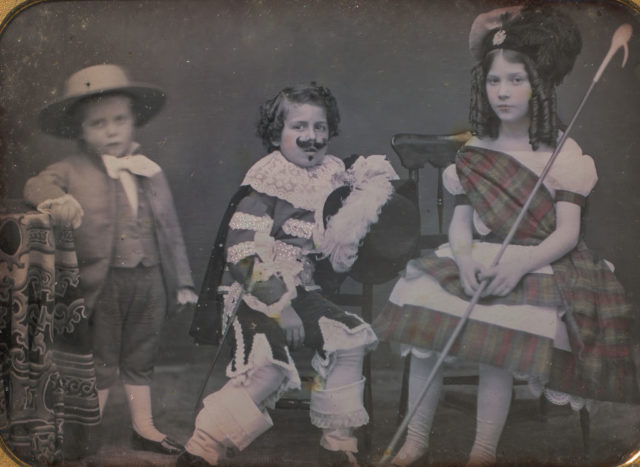
Anyone who has read Oliver Twist would think that there was no worse existence than being a child in Victorian England. Many people believe that children in that era were supposed to be seen and not heard. Today, people commonly think that children in Victorian England had miserable lives and were not loved by their parents.
This myth is more challenging to debunk because childhood in each social class was different. Children in the lower classes were often forced to work at a young age to help support their families. Research has shown that the average age at which children started work in early 19th-century Britain was around ten years old. And kids in the middle and upper classes were often raised by governesses and nurses, which helps perpetuate the myth that parents didn’t care about their offspring.
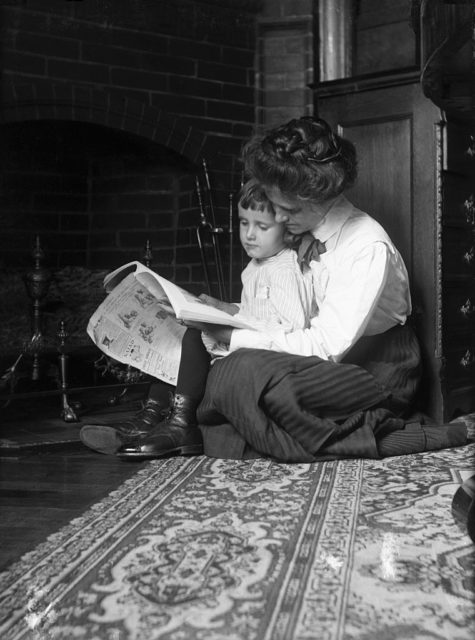
In reality, childhood was a very idealized time. Victorian ideology emphasized protecting childhood innocence, and as such, upper and middle-class children were actually allowed to act like kids. Working-class children were forced to face hardships at a much younger age, but eventually, child labor laws were passed in Britain to help alleviate this exploitation.
The Victorians were funny
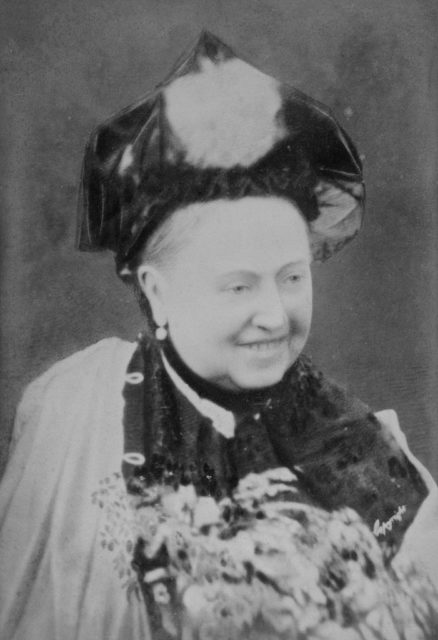
Contrary to popular belief, the Victorians had a sense of humor. We see many photographs of grim-faced people who lived during the time, which perpetuates the myth that the Victorians were serious and never laughed. In reality, the Victorians joked about much of the same things we do today. Celebrities, politics, everyday stressors, and family, were all fair game when it came to joking around. In fact, Punch Magazine, founded in 1841, was entirely dedicated to humor and satire.
There are many theories about why the Victorians refused to smile in their photographs. The most obvious is that exposure time when having your picture taken was fairly long at the start of the Victorian era. It would be easier – and more comfortable – to sit stiff-lipped rather than smiling when being photographed.
It has also been suggested that early photography was seen in a similar light to paintings, meaning its subjects were more likely to be somber than smiling broadly. And lastly, it’s also possible that the Victorians didn’t like to smile because they were insecure about their teeth.
The Victorians weren’t prudes
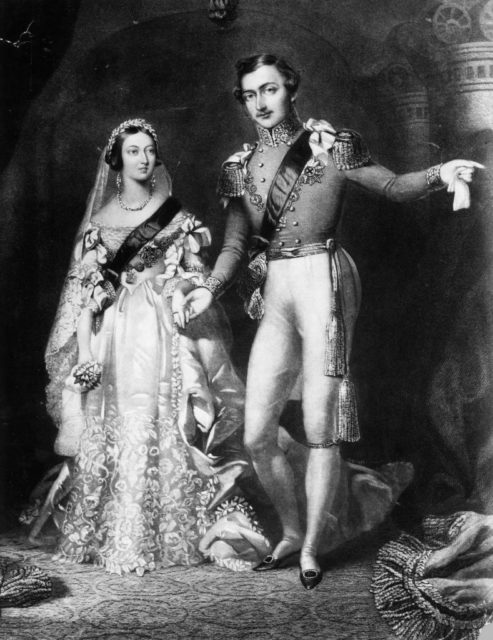
By far, the most common stereotype about the Victorian era is that the population was basically sexless. Perhaps this myth was perpetuated by Queen Victoria herself, who maintained a buttoned-up image while in public. In reality, Queen Victoria enjoyed a healthy sex life with her husband, Prince Albert.
In fact, after her wedding night with Prince Albert, Queen Victoria wrote in her diary, “I NEVER, NEVER spent such an evening! MY DEAREST, DEAR Albert sat on a footstool by my side, and his excessive love and affection gave me feelings of heavenly love and happiness I never could have hoped to have felt before. He clasped me in his arms, and we kissed each other again and again! His beauty, his sweetness and gentleness, – really how can I ever be thankful enough to have such a Husband! Oh! This was the happiest day of my life!”
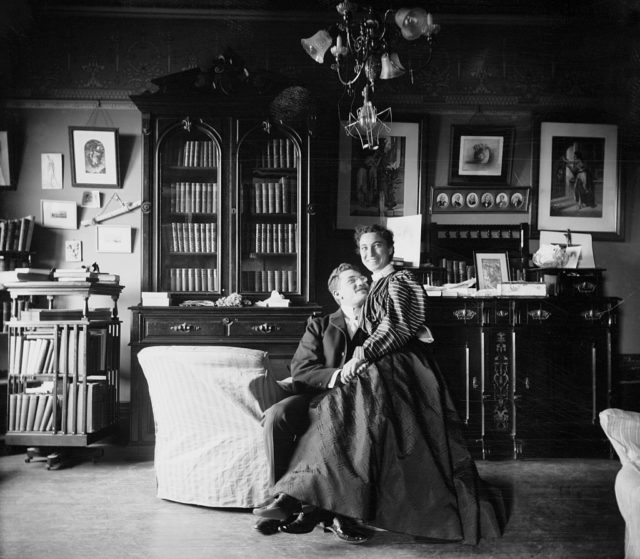
It wasn’t just the Queen of England who enjoyed a healthy and active sex life. A survey completed in 1892 by Stanford University professor Dr. Clelia Mosher showed that middle-class women both desired and enjoyed sex. These findings completely contradicted Victorian middle-class ideology on women, both at the time and now.
Women did not remove their ribs to attain a smaller waist
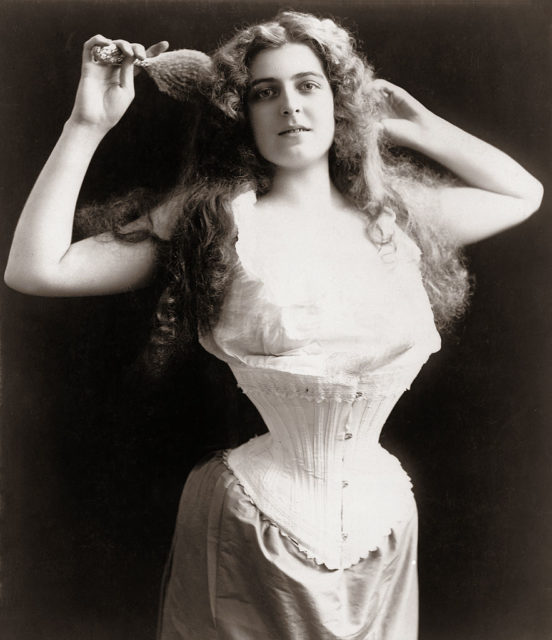
Corsets can be seen as a metaphor for the restricted position of women in society throughout history. However, women did not undergo surgery to remove their ribs in order to have a smaller waist during the Victorian era.
During the Victorian era, women wore corsets to make their bodies look a certain way. There are instances in which corsets did cause internal damages by being laced too tightly, but in reality, they were not the torture devices we believe them to be. Any corset that caused pain hadn’t been fitted properly.
More from us: 10 Bizarre Practices From The Victorian Era That Have Us Scratching Our Heads
Women most certainly did not remove any ribs to achieve a smaller waist. Surgery, in general, was in its infancy during the Victorian era, meaning that any such procedure was very risky for the patient. Women simply did not undergo risky surgeries for aesthetic reasons.
